‘Placing the Imagination: Scratch Book and Play Book’ is a collection of texts and images from the network that has been sculpted into a book by Shohrab Jahan. The book encompasses texts, testimonies and reflections by project participants and early writings on utopia, the political imagination and development alternatives from Bangladesh, Uganda and the United Kingdom. The collection of the texts has been led by Emilie Morin from the Centre for Modern Studies at the University of York with Ruth Kelly, Emilie Flower, Shohrab Jahan and, Shaela Sharmin, Duniya Khandoker, Susan Kiguli and Hilda Twongyeirwe, and developed in collaboration with book artists at Jog Art Space in Chittagong and Femwrite in Kampala.
the scratchbook: excerpts
the playbook: Excerpts

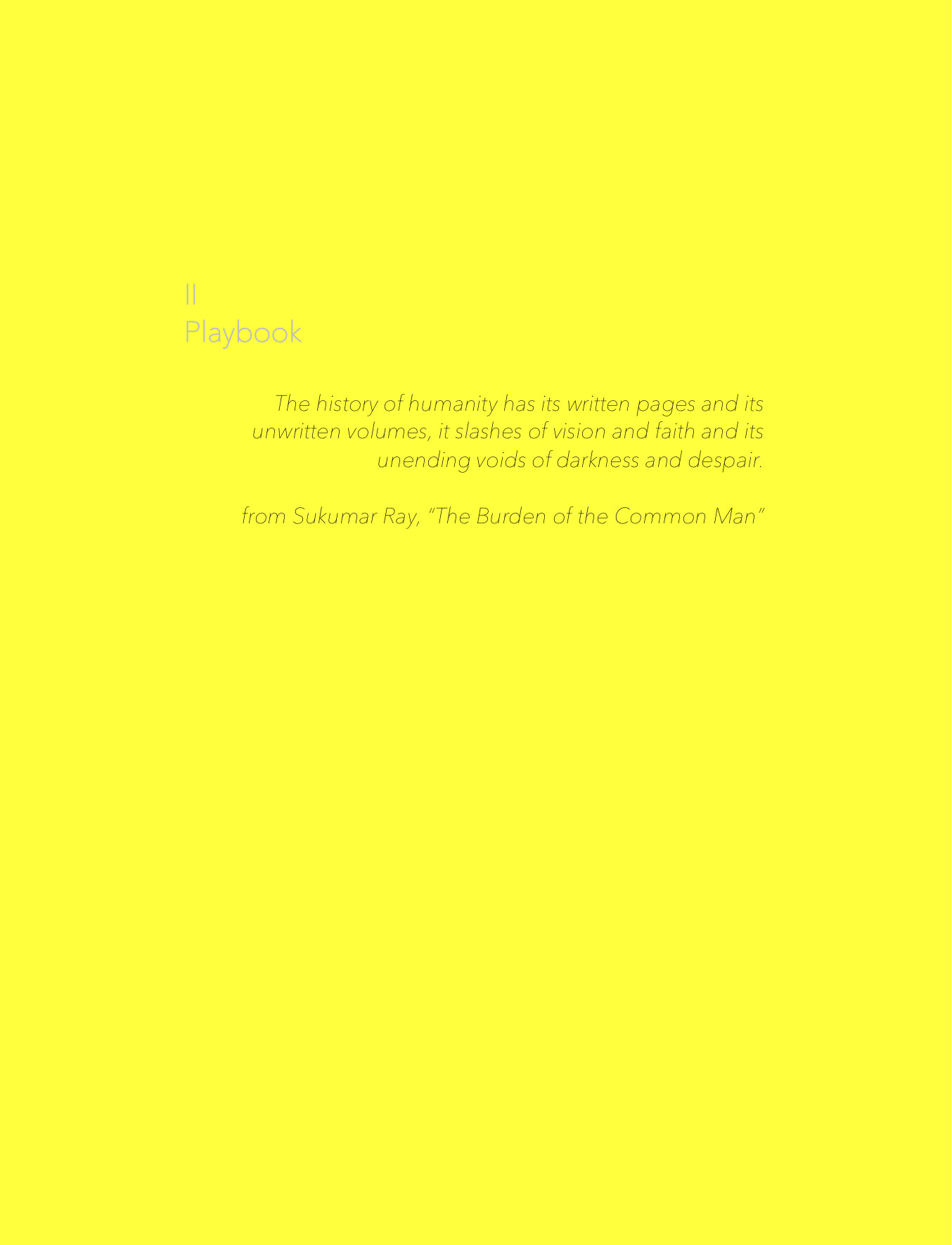






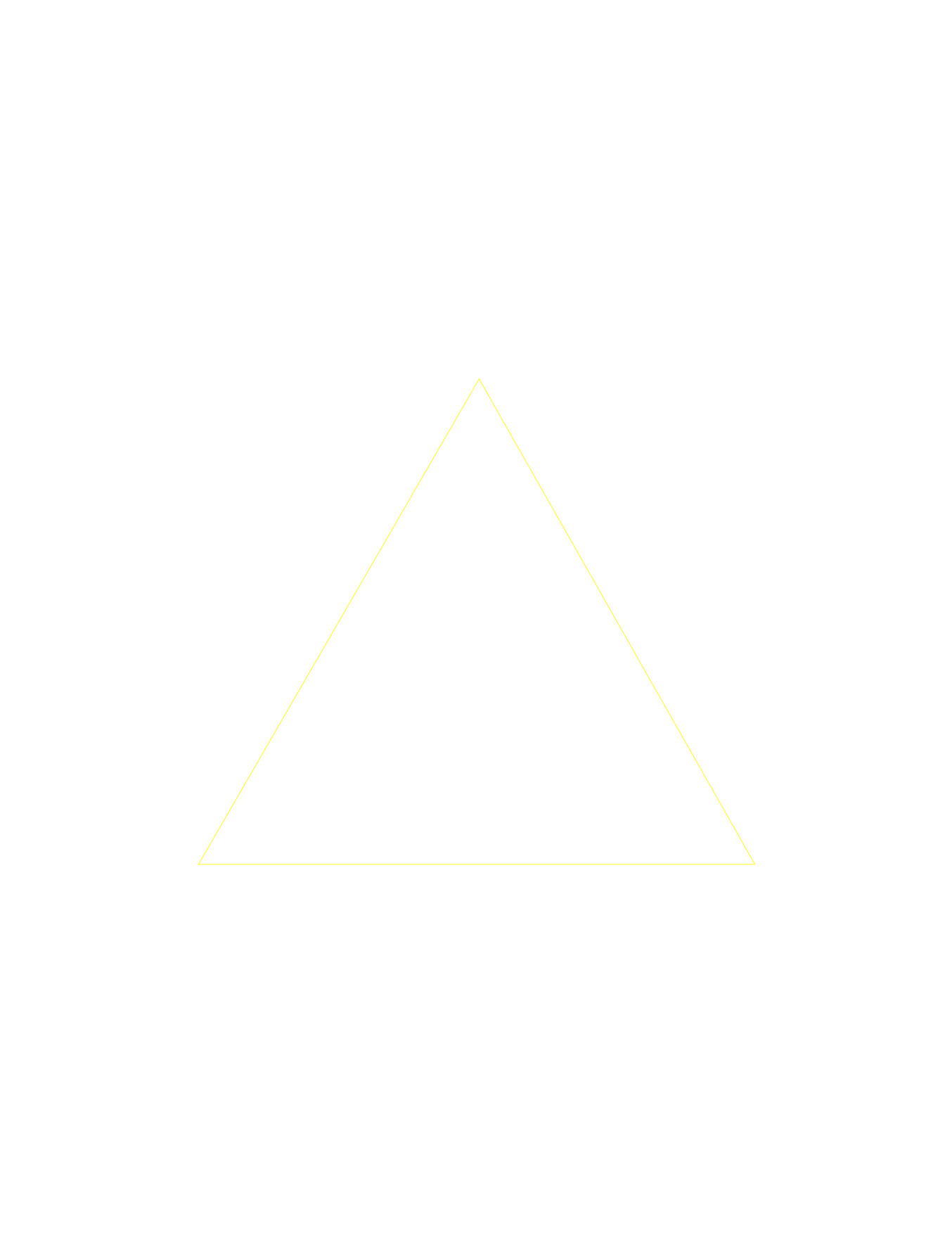


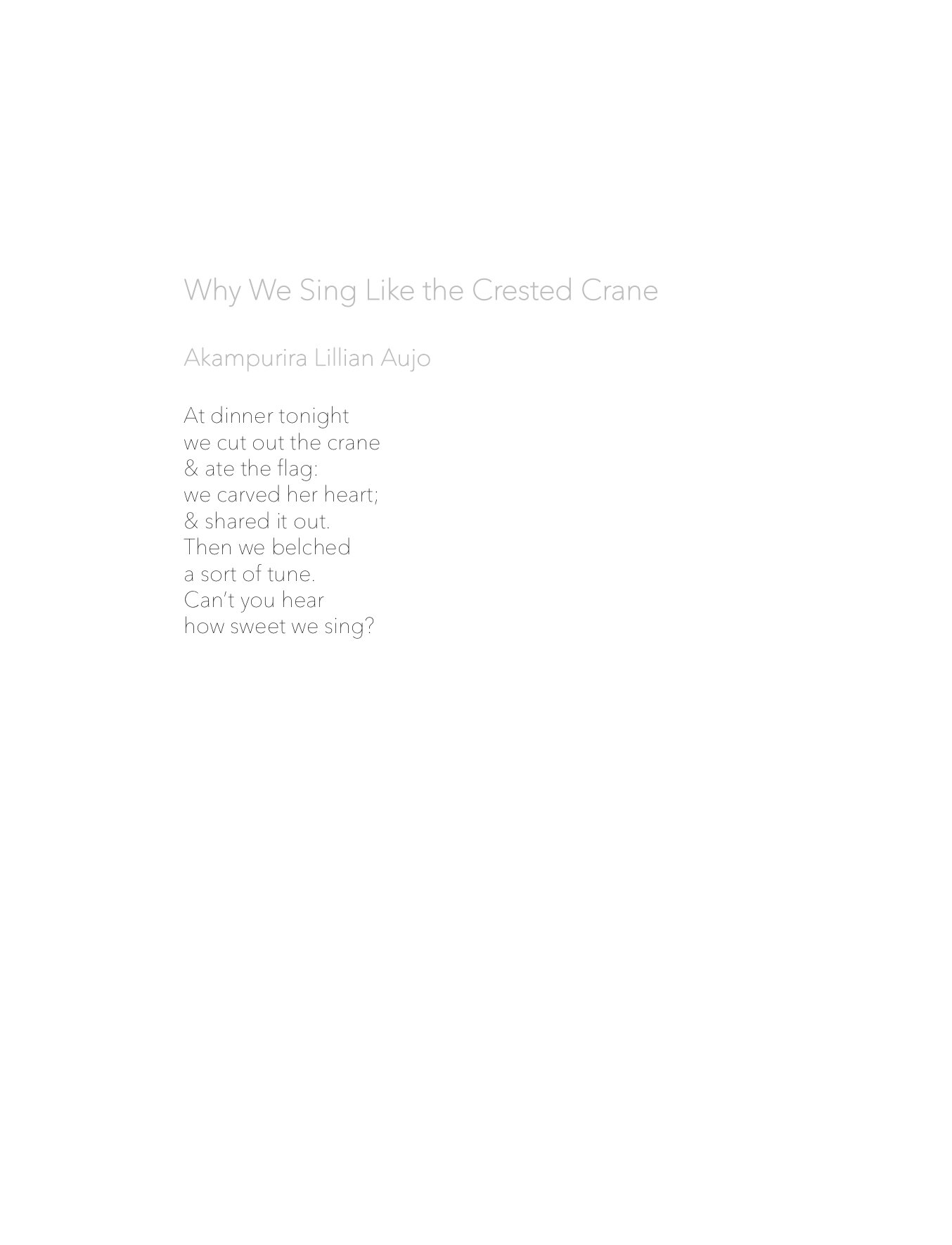
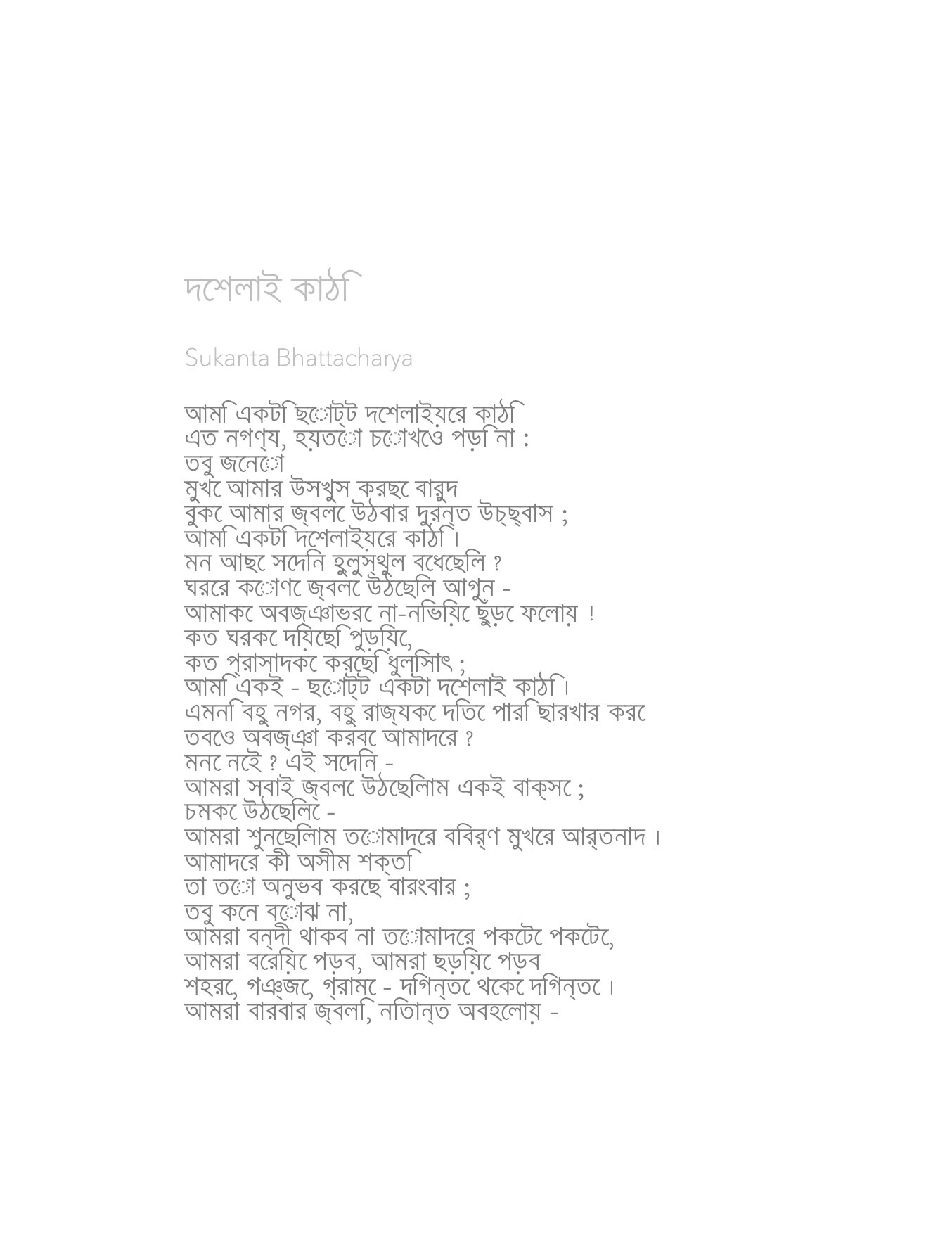
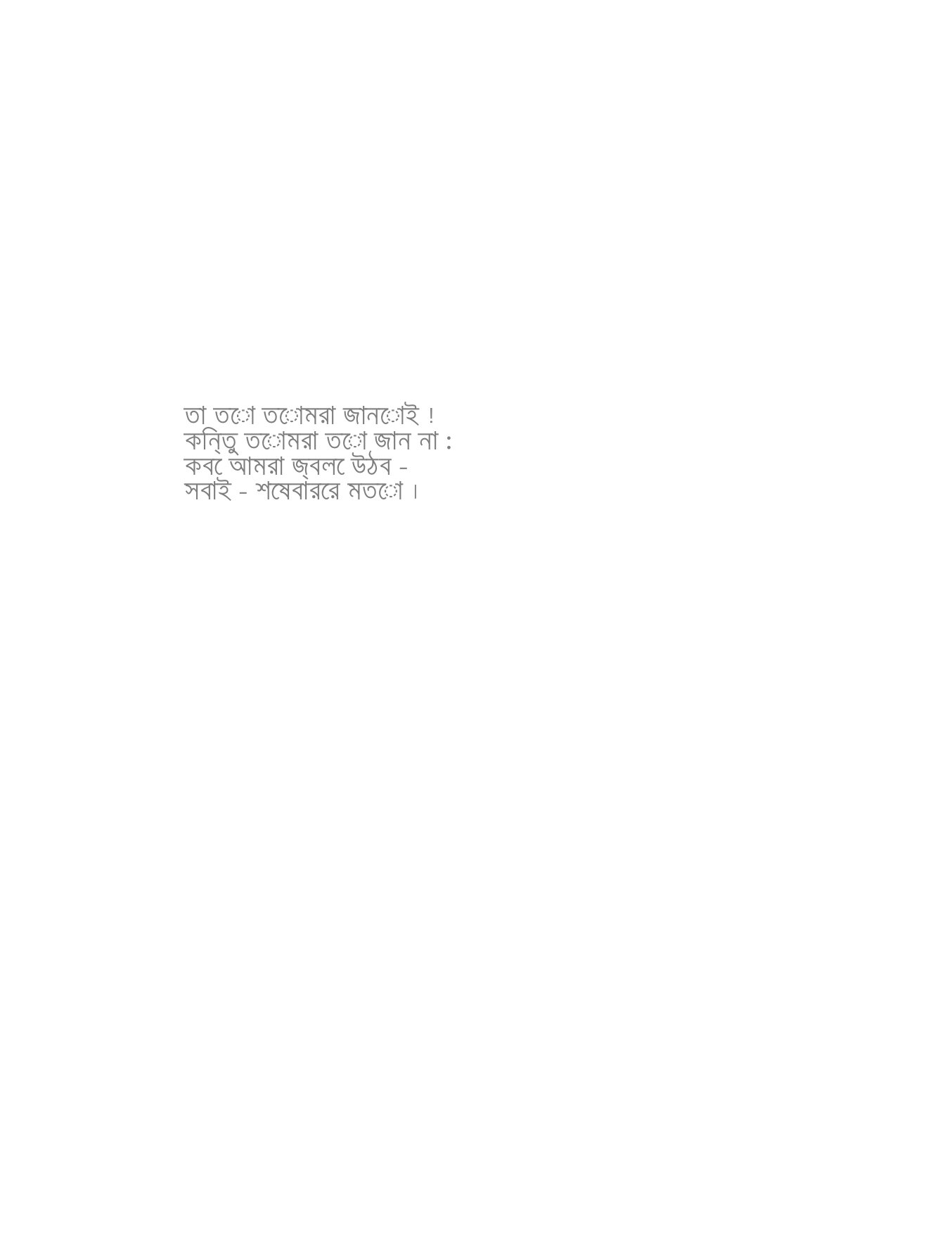
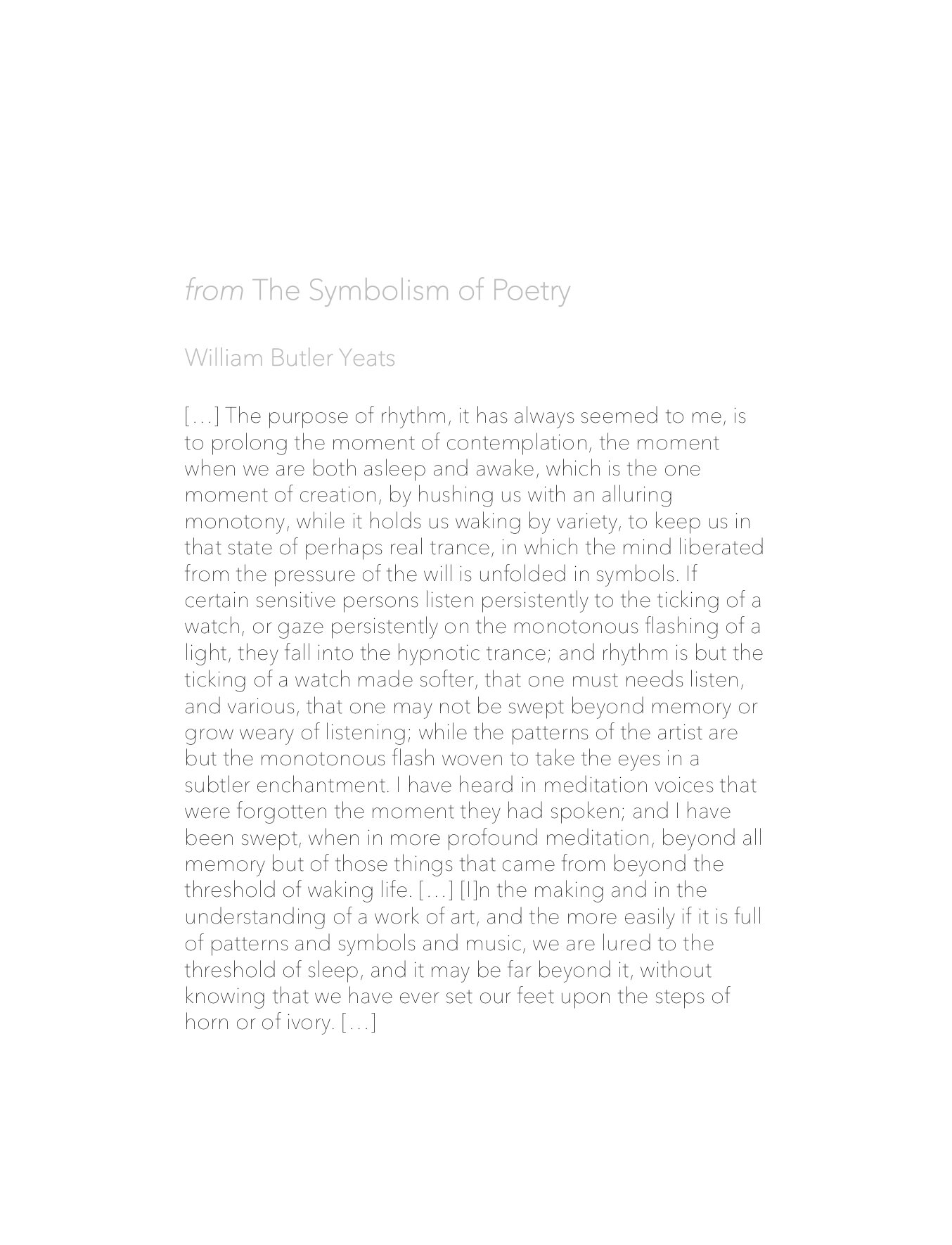
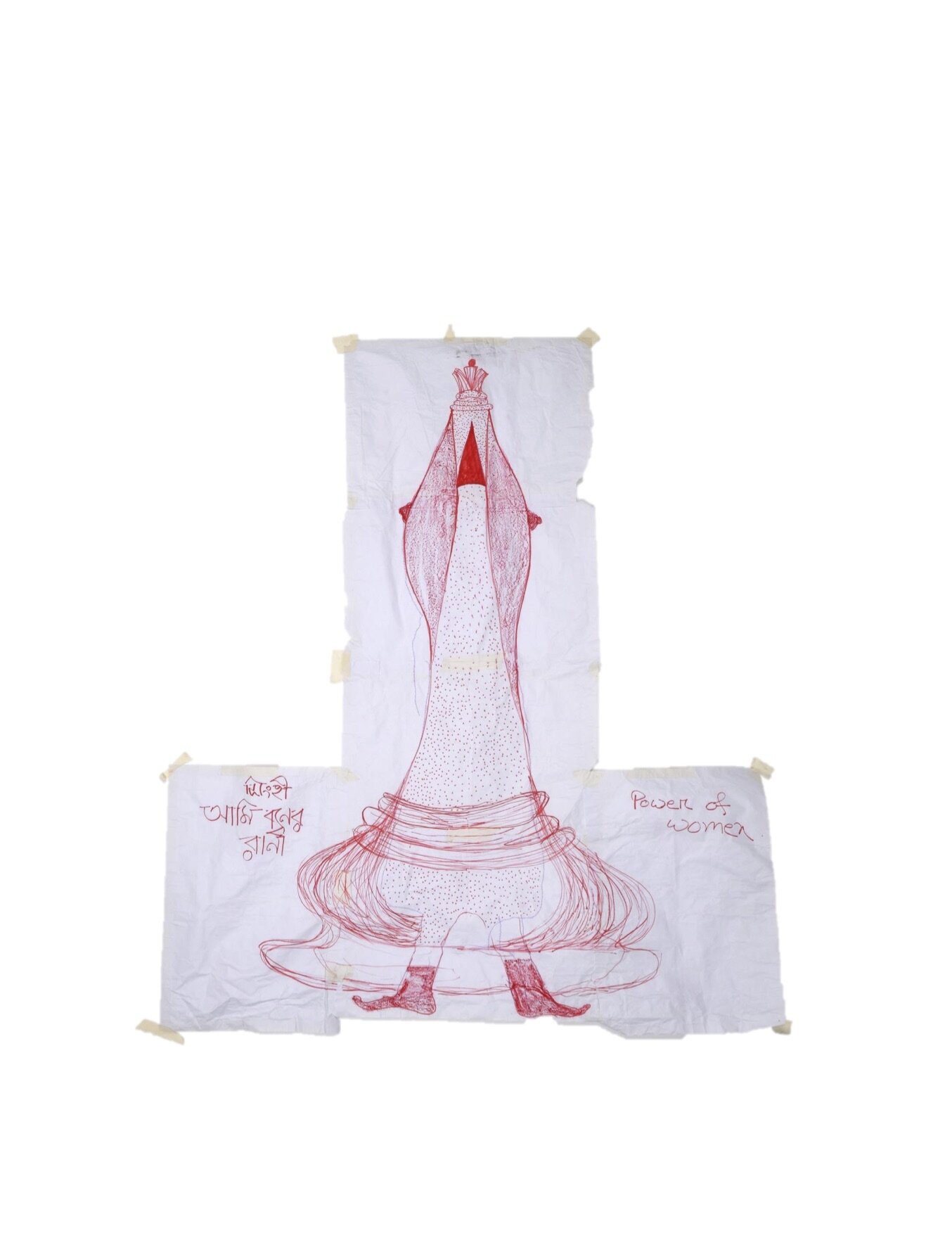












Highlights
“Art, I think, is imagination. […] You think you have it and then you don’t. ”
“I make objects, but what I want to do is to work with people and for people. The object for me is a means of communication and the purpose of communication to change the way we see the world. To take part in the process of making a better world where we want to live.”
“I really want to do art, that’s it. Nothing else. It’s like a sky, an open sky for me where I can be whatever I want to be […] [T]hat’s why I really want to do public shows, so that people actually can taste it, people actually feel, will feel. People who are really bounded by so many things, so many problems here, at least they can feel something; that there is something that does not have any boundaries—you become whatever you want, you can do whatever you want to—from within your soul. I want to give people those feelings, transfer those feelings to them.”
“Much artistic practice places an emphasis on actively challenging preconceptions; for example, to draw what you see, not what you expect to see. This encourages acute awareness of the conditions that affect what you observe or hear—such as light or background noise—and of the selective choices you make when perceiving the world.”
“You have to know what artistic element you are trying to tell […]. When you play you get at certain other elements, you find your other voice, your artistic voice that you did not know about.”
“In storytelling, we bring lots of emotions—characters and situations. Sometimes we bring our past, and the past is always a very emotional place for people. In our country, music, story, the imagination, dreams, all of those things are really emotional for us. People! It’s not a bad thing to have emotions”
“The body, to me, is only a structure. The soul is wide, the soul has no gender. But we have to carry this body. Day by day, our body changes, but our soul is the same. […] Soul to soul, the connection is totally different. There is no barrier in soul to soul connection, there is no barrier.”
“A small lamp flickers as ghosts
Beat out a rhythm their songs
Their songs they catch in my throat
And set me composing my own.”
“The history of humanity has its written pages and its unwritten volumes, its slashes of vision and faith and its unending voids of darkness and despair.”
Little Book By Shohrab Jahan, photo by Kauser Haider, 2017


